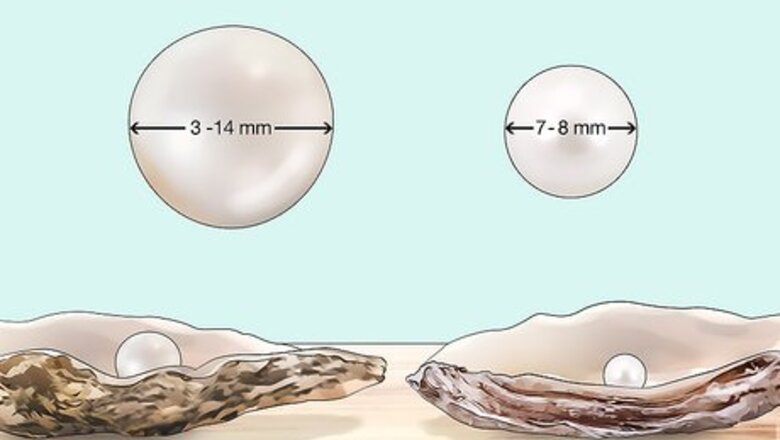
views
- Akoya and freshwater pearls are both cultured pearls. Akoya pearls come from saltwater oysters, while freshwater pearls come from mussels in rivers and lakes.
- Check the size and shape—Akoya pearls are smaller and rounder than freshwater pearls, which tend to be larger and slightly irregular.
- Purchase Akoya pearls if you're looking for rare jewelry or heirloom pieces. Freshwater pearls are more budget-friendly and they make great gifts.
Size
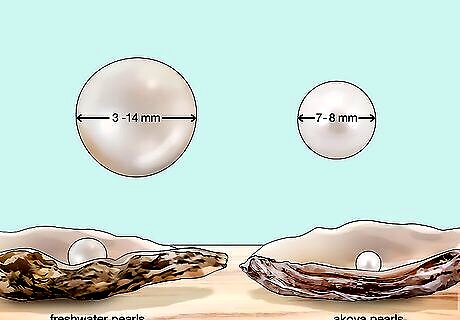
Freshwater pearls are almost always larger than Akoya pearls. Most freshwater pearls range from 3 to 14 mm, although they can reach 50 mm long! Akoya pearls develop much slower, so they don't get nearly as big. Akoya pearls range from 2 to 10 mm in size, but they're usually around 7 or 8 mm. Larger pearls don't necessarily mean that the pearls are more valuable. The type and quality of the pearl are also important factors.
Shape
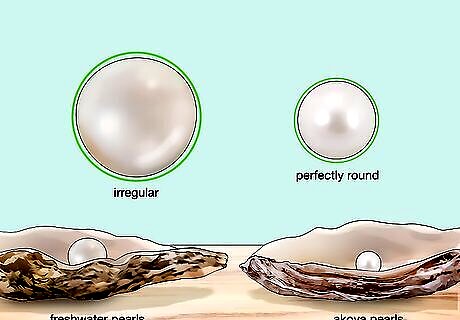
Akoya pearls are perfectly round, while freshwater pearls are irregular. Freshwater pearls might appear oval or egg-shaped. Some collectors enjoy searching for unusually shaped freshwater pearls to create unique pieces of jewelery. Akoya pearls that aren't perfectly round are still valuable, but they won't receive the highest grade.
Color
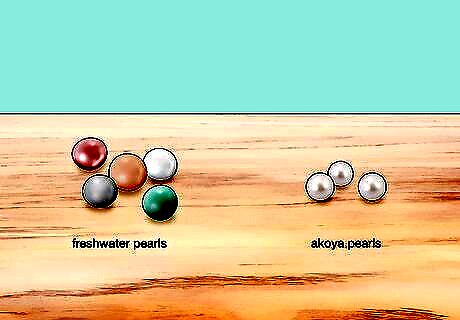
Freshwater pearls come in a bigger variety of colors than Akoya pearls. Most Akoya pearls come in white, cream, or pale neutral tones. Freshwater pearls can come in a wide range of colors like pink, gold, blue-green, peach, purple, gray, white, and cream. You can't go off of color alone to tell the difference between Akoya and freshwater pearls because both types are often bleached to make them whiter. Lab testing can reveal whether or not your pearls have been bleached.
Luster
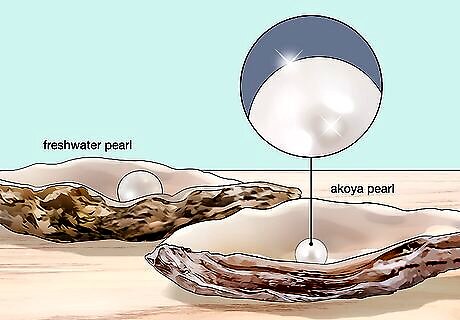
Akoya pearls have a higher luster than freshwater pearls. Luster refers to light reflection off of pearls. Because Akoya pearls are smaller and perfectly round, they reflect light better than freshwater pearls. Freshwater pearls tend to be duller or a little chalky in appearance. Newer freshwater pearls might appear more lustrous since farming techniques are improving.
Natural flaws
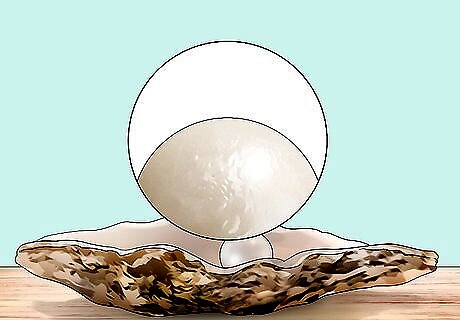
Surface blemishes are natural, so they don't help you differentiate. Because freshwater and Akoya pearls are cultured instead of created in a lab, they will have imperfections like tiny bumps or wrinkles. If you see tiny dots or minor imperfections, it doesn't mean you have freshwater pearls instead of Akoya or vice versa. Retailers take surface conditions into account in order to grade and price the pearls for sale. The fewer blemishes, the more valuable the pearls are.
Nacre
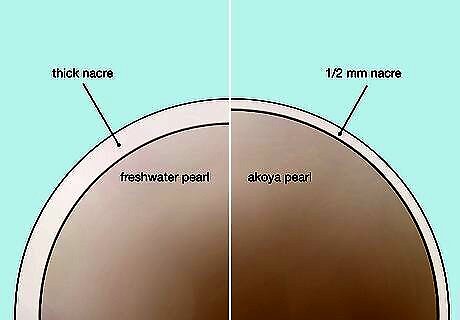
Freshwater pearls have a very thick nacre, unlike Akoya pearls. Nacre is the external layer of the pearl. Freshwater pearls are almost entirely made of nacre, while Akoya pearls have a very thin nacre—usually around 1 mm thick. This makes Akoya pearls more delicate than freshwater pearls. Some Akoya pearls of lesser quality have a nacre that's only 1/2 mm thick.
Origin
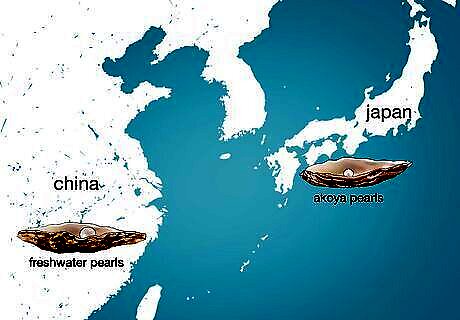
Akoya pearls come from Japan, while most freshwater pearls are from China. Akoya is the name of the small oyster that Japanese saltwater pearls come from. Although China produces some Akoya pearls, it mainly produces freshwater pearls from mussels found in rivers and lakes. The Mississippi river basin in the U.S. also produces some freshwater pearls.
Rarity and value

Akoya pearls are more rare and highly sought after. This is because Akoya oysters take years to raise rather than months (as freshwater mussels do). Then, it takes another 8 months to 2 years to develop the pearls. Akoya oysters also produce fewer pearls compared to freshwater mussels. Production time, combined with the quality of the pearls, make Akoya pearls much more expensive and valuable. If you want to buy pearls, consider your motivation. If you're looking for heirloom pieces of jewelry, consider investing in Akoya pearls. If you're buying a friend their first piece of pearl jewelry, you might want freshwater pearls so they can learn how to care for them.


















Comments
0 comment